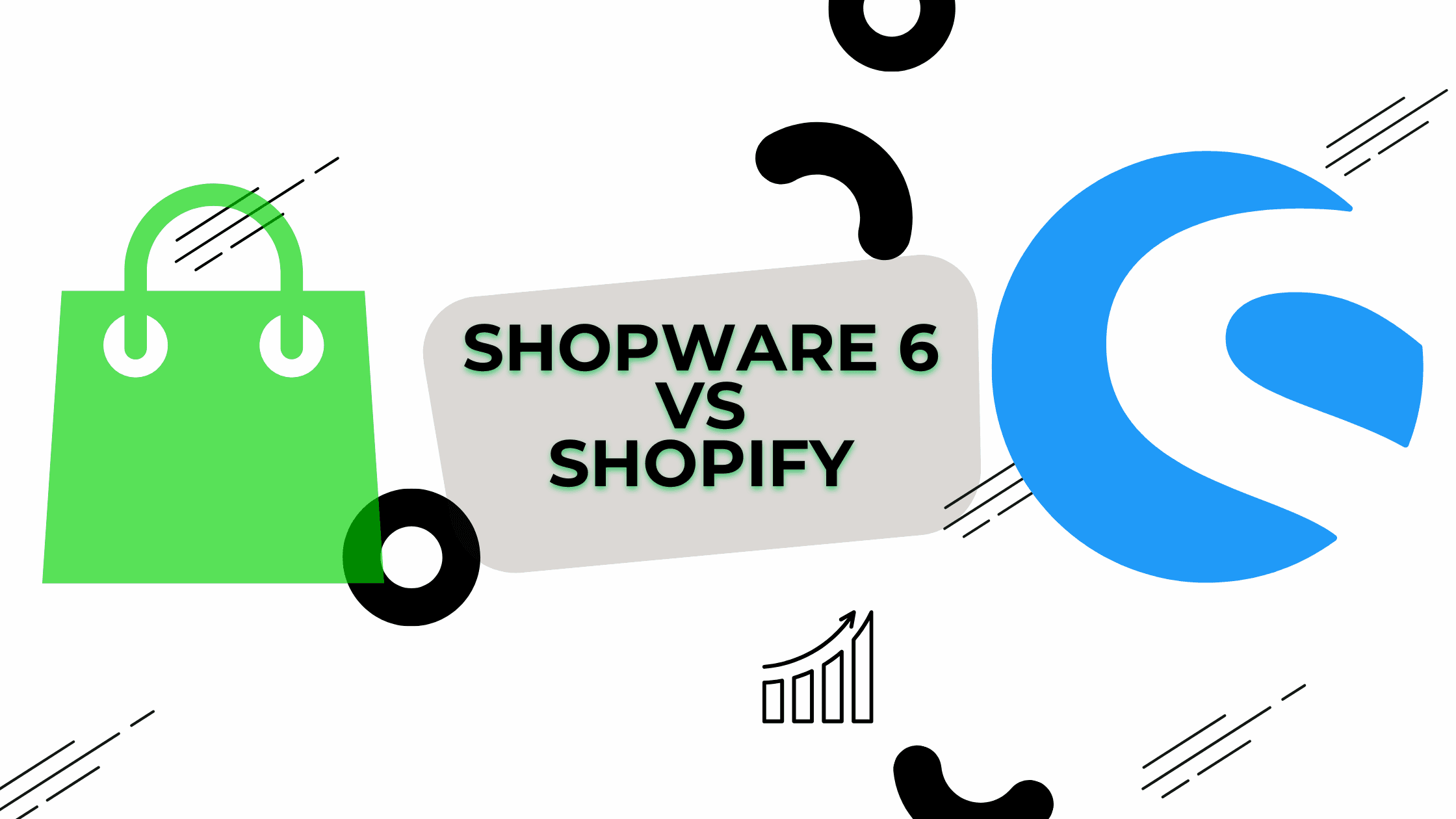POC w rozwoju oprogramowania: 6 kroków do stworzenia udanej weryfikacji koncepcji
W świecie tworzenia oprogramowania przekształcenie innowacyjnego pomysłu w udany produkt to podróż pełna wyzwań i niepewności. Jednym z kluczowych kroków w tej podróży jest stworzenie Proof of Concept (POC). Ale czym dokładnie jest POC w tworzeniu oprogramowania i jak można go skutecznie stworzyć? Ten kompleksowy przewodnik przeprowadzi Cię przez ten proces, zapewniając 6 niezbędnych kroków do stworzenia udanego dowodu koncepcji.
Czym jest Proof of Concept (POC) w rozwoju oprogramowania?
Proof of Concept (POC) w tworzeniu oprogramowania to małe ćwiczenie mające na celu przetestowanie pomysłu lub założenia projektowego. Głównym celem opracowania POC jest zademonstrowanie funkcjonalności i sprawdzenie, czy pomysł jest wykonalny. POC jest często mylony z prototypem lub produktem o minimalnej żywotności (MVP), ale ważne jest, aby zrozumieć różnice.
POC vs. prototyp vs. MVP
- POC: Dowodzi, że pomysł jest wykonalny.
- Prototyp: Demonstruje sposób działania produktu końcowego.
- MVP: Najprostsza wersja produktu z podstawowymi funkcjami.
Aby lepiej zrozumieć, jak te koncepcje pasują do szerszego procesu tworzenia oprogramowania, zapoznaj się z naszym artykułem na temat Czym jest Software House?
Dlaczego dowód słuszności koncepcji jest ważny?
Tworzenie POC jest krytycznym krokiem w procesie tworzenia oprogramowania z kilku powodów:
- Potwierdza ideę: Pomaga zweryfikować, czy pomysł na oprogramowanie jest technicznie wykonalny.
- Identyfikuje wyzwania: Ujawnia potencjalne przeszkody techniczne na wczesnym etapie procesu rozwoju.
- Oszczędność zasobów: Zapobiega inwestowaniu czasu i pieniędzy w pomysły, które mogą okazać się nieopłacalne.
- Przyciąga interesariuszy: Może być wykorzystany do przekonania potencjalnych inwestorów lub interesariuszy.
- Przewodniki Rozwój: Dostarcza spostrzeżeń, które kształtują plan rozwoju produktu.
6 kroków do stworzenia udanej weryfikacji koncepcji
Przejdźmy teraz do sześciu podstawowych kroków, aby stworzyć skuteczny proof of concept w tworzeniu oprogramowania.
Krok 1: Określenie celu i zakresu
Pierwszym krokiem w tworzeniu POC jest jasne zdefiniowanie jego celu i zakresu. Zadaj sobie pytanie:
- Jaki konkretny pomysł lub funkcjonalność próbujesz udowodnić?
- Jakie są kryteria sukcesu dla tego POC?
- Jakie są granice tego, co testujesz?
Pamiętaj, że POC nie polega na budowaniu pełnoprawnego produktu. Chodzi o udowodnienie konkretnej koncepcji lub rozwiązanie konkretnego problemu. Skoncentruj się na zakresie i zarządzaj nim.
Definiowanie kryteriów sukcesu
Ustalenie jasnych, mierzalnych kryteriów sukcesu ma kluczowe znaczenie dla POC. Kryteria te powinny być następujące:
- Konkretny: Jasno określ, jak wygląda sukces.
- Mierzalne: W miarę możliwości należy stosować wymierne wskaźniki.
- Osiągalne: Wyznacz realistyczne cele dla swojego POC.
- Istotne: Upewnij się, że kryteria są zgodne z Twoimi ogólnymi celami.
- Określone w czasie: Określ ramy czasowe dla osiągnięcia tych kryteriów.
Na przykład, jeśli tworzysz POC dla nowego algorytmu wyszukiwania, kryteria sukcesu mogą obejmować osiągnięcie określonego poziomu dokładności lub poprawy szybkości w stosunku do istniejących rozwiązań.
Krok 2: Identyfikacja docelowych odbiorców
Kluczowe jest zrozumienie, kto będzie oceniał Twój POC. Docelowi odbiorcy mogą obejmować:
- Potencjalni inwestorzy
- Interesariusze w organizacji
- Użytkownicy końcowi lub klienci
Znajomość odbiorców pomoże dostosować POC do ich konkretnych obaw i skutecznie zademonstrować propozycję wartości.
Dostosowanie POC do odbiorców
Różni odbiorcy będą mieli różne priorytety:
- Inwestorzy mogą być bardziej zainteresowani potencjałem rynkowym i skalowalnością.
- Interesariusze techniczni mogą skupić się na aspektach wykonalności i integracji.
- Użytkownicy końcowi będą prawdopodobnie najbardziej zainteresowani doświadczeniem użytkownika i możliwościami rozwiązywania problemów.
Upewnij się, że Twój POC odnosi się do kluczowych obaw Twoich głównych odbiorców.
Krok 3: Zaprojektowanie POC
Po określeniu celu i zidentyfikowaniu odbiorców nadszedł czas na zaprojektowanie POC. Ten krok obejmuje:
- Określenie kluczowych cech lub funkcjonalności, które mają zostać zademonstrowane
- Wybór stosu technologicznego, który ma być używany
- Tworzenie szkieletów lub makiet w razie potrzeby
Pamiętaj, że celem nie jest stworzenie dopracowanego, gotowego do wprowadzenia na rynek produktu, ale zademonstrowanie wykonalności swojego pomysłu.
Wybór odpowiedniej technologii
Wybór odpowiedniej technologii dla POC ma kluczowe znaczenie. Rozważ:
- Umiejętności dostępne w zespół programistów
- Wymagania dotyczące skalowalności pomysłu
- Kompatybilność z istniejącymi systemami (jeśli dotyczy)
- Szybkość rozwoju (niektóre technologie pozwalają na szybsze prototypowanie)
Krok 4: Opracowanie POC
Teraz przychodzi czas na faktyczny rozwój proof of concept. To tutaj zespół programistów wprowadzi projekt w życie. Kluczowe kwestie na tym etapie obejmują:
- Skupienie się na podstawowej funkcjonalności zamiast na dopracowanych funkcjach.
- Korzystanie z technik szybkiego rozwoju w celu szybkiego tworzenia
- Upewnienie się, że POC odpowiada na kluczowe pytania określone w Kroku 1
Ważne jest, aby mieć odpowiedni zestaw umiejętności w zespole programistów. Nasz przewodnik na temat Pozycje programistów w branży ITmoże pomóc w zrozumieniu ról, których możesz potrzebować.
Zwinny rozwój dla POC
Wiele zespołów uważa, że podejście zwinne dobrze sprawdza się w przypadku rozwoju POC. Obejmuje to:
- Podzielenie rozwoju na krótkie sprinty
- Regularne kontrole i korekty
- Ciągłe testowanie i iteracja
Takie podejście pozwala na elastyczność i szybkie wprowadzanie zmian w miarę poznawania wykonalności swojego pomysłu.
Krok 5: Testowanie i ocena
Po opracowaniu POC nadszedł czas, aby go przetestować. Obejmuje to:
- Przeprowadzenie POC przez różne scenariusze
- Sprawdzanie, czy spełnia zdefiniowane wcześniej kryteria sukcesu
- Zbieranie informacji zwrotnych od interesariuszy lub potencjalnych użytkowników
Bądź przygotowany zarówno na pozytywne, jak i negatywne wyniki. Pamiętaj, że nawet jeśli POC nie działa zgodnie z oczekiwaniami, nadal dostarcza cennych informacji, które mogą kierować przyszłymi wysiłkami rozwojowymi.

Gromadzenie i analiza informacji zwrotnych
Informacje zwrotne są kluczową częścią procesu POC. Rozważ użycie:
- Ankiety lub kwestionariusze
- Sesje testowe użytkowników
- Wywiady z zainteresowanymi stronami
Dokładnie przeanalizuj te informacje zwrotne, aby zrozumieć zarówno mocne, jak i słabe strony swojej koncepcji.
Krok 6: Analiza wyników i podjęcie decyzji o kolejnych krokach
Ostatnim krokiem jest analiza wyników POC i określenie kolejnych kroków. Może to obejmować:
- Ocena, czy pomysł jest wykonalny i wart dalszej realizacji.
- Identyfikacja obszarów wymagających dalszych badań lub rozwoju
- Podjęcie decyzji, czy kontynuować rozwój prototypu czy MVP.
- Aktualizacja planu rozwoju produktu w oparciu o spostrzeżenia POC
Jeśli POC zakończy się sukcesem, możesz przystąpić do tworzenia prototypu lub MVP. Jeśli tak się nie stanie, być może będziesz musiał zmienić swój pomysł lub zbadać alternatywne rozwiązania.
Tworzenie raportu POC
Podsumuj swoje ustalenia w kompleksowym Raport POC. Powinno to obejmować:
- Przegląd testowanej koncepcji
- Zastosowana metodologia
- Wyniki i analiza
- Zalecenia dotyczące kolejnych kroków
Raport ten będzie cenny przy podejmowaniu decyzji i może służyć jako punkt odniesienia dla przyszłych wysiłków rozwojowych.
Najczęstsze wyzwania związane z tworzeniem POC
Chociaż tworzenie proof of concept może być niezwykle cenne, nie jest pozbawione wyzwań. Oto kilka typowych przeszkód, z którymi możesz się spotkać:
- Pełzanie zakresu: Łatwo jest dać się ponieść emocjom i spróbować zawrzeć zbyt wiele w swoim POC. Skup się na swojej podstawowej koncepcji.
- Nierealistyczne oczekiwania: Niektórzy interesariusze mogą oczekiwać dopracowanego produktu. Należy jasno określić, czym jest, a czym nie jest POC.
- Ograniczenia techniczne: Możesz odkryć, że obecna technologia nie jest wystarczająco zaawansowana, aby wesprzeć Twój pomysł. Jest to cenna informacja dla przyszłego planowania.
- Ograniczenia zasobów: POC wymagają czasu i zasobów. Przed rozpoczęciem upewnij się, że masz niezbędne wsparcie.
- Błędna interpretacja wyników: Należy uważać, aby nie wyciągać zbyt ogólnych wniosków z POC. To ograniczony test, a nie pełna premiera produktu.
Pokonywanie wyzwań związanych z POC
Aby sprostać tym wyzwaniom:
- Jasne informowanie wszystkich interesariuszy o celu i ograniczeniach POC.
- Ustalenie realistycznych harmonogramów i przydziałów zasobów
- Bądź przygotowany na zmianę lub dostosowanie swojego podejścia w oparciu o wczesne ustalenia.
- Wspieranie kultury, która postrzega "nieudane" POC jako okazje do nauki, a nie porażki.
Przykłady POC w rozwoju oprogramowania
Aby lepiej zrozumieć, jak POC działają w praktyce, przyjrzyjmy się kilku przykładom:
- Aplikacja mobilna dla Rozszerzona rzeczywistość Zakupy Firma zajmująca się sprzedażą detaliczną chce stworzyć aplikację, która pozwala użytkownikom zobaczyć, jak meble wyglądałyby w ich domach przy użyciu AR. Tworzy POC, który demonstruje tę podstawową funkcjonalność z ograniczonym wyborem przedmiotów. Pozwala im to przetestować wykonalność techniczną i ocenić zainteresowanie użytkowników przed zainwestowaniem w pełny rozwój.
- Chatbot obsługi klienta oparty na sztucznej inteligencji Firma programistyczna wierzy, że sztuczna inteligencja może znacznie poprawić obsługę klienta. Tworzy POC chatbota, który może obsługiwać podstawowe zapytania klientów. Pozwala im to przetestować dokładność sztucznej inteligencji i ocenić potencjalne oszczędności czasu i kosztów przed jej pełnym wdrożeniem.
Analiza sukcesu POC
W obu tych przykładach POC służy do:
- Wykazanie wykonalności technicznej
- Zbieranie opinii użytkowników
- Identyfikacja potencjalnych wyzwań
- Dostarczanie danych do podejmowania decyzji
Sukces tych POC byłby mierzony w oparciu o wcześniej zdefiniowane kryteria, takie jak wskaźniki dokładności, wyniki zadowolenia użytkowników lub potencjalne oszczędności kosztów.
Co dzieje się po weryfikacji koncepcji?
Jeśli POC zakończy się sukcesem, kolejne kroki zazwyczaj obejmują:
- Rozwój prototypu: Tworzenie bardziej kompleksowego modelu produktu.
- Rozwój MVP: Tworzenie najprostszej wersji produktu z podstawowymi funkcjami.
- Pełny rozwój produktu: Przejście do rozwoju oprogramowania na pełną skalę.
Pamiętaj, że udany POC nie gwarantuje udanego produktu końcowego, ale zapewnia cenne informacje, które pomogą Ci kierować procesem rozwoju.
Od POC do prototypu
Podczas gdy POC udowadnia, że pomysł jest wykonalny, prototyp pokazuje, jak będzie działał produkt końcowy. Podczas przechodzenia od POC do prototypu:
- Rozszerzenie podstawowej funkcjonalności zademonstrowanej w POC
- Skoncentruj się bardziej na doświadczeniu użytkownika i projektowaniu interfejsu
- Rozpoczęcie rozważania skalowalności i optymalizacji wydajności
Od prototypu do MVP
MVP opiera się na prototypie, aby stworzyć podstawowy, ale funkcjonalny produkt, który można udostępnić wczesnym użytkownikom. Podczas opracowywania MVP:
- Priorytetyzacja funkcji w oparciu o opinie użytkowników i cele biznesowe
- Opracowanie strategii wejścia na rynek
- Planowanie szybkich iteracji w oparciu o opinie użytkowników
Rola testów POC w zwinnym rozwoju
Proof of Concept dobrze wpisuje się w metodologię rozwoju Agile. W ramach Agile, POC mogą być wykorzystywane do:
- Szybkie testowanie nowych pomysłów lub funkcji
- Zmniejszenie ryzyka poprzez wczesną weryfikację koncepcji
- Dostarczanie wymiernych rezultatów interesariuszom w całym procesie rozwoju.
Włączając POC do zwinnego przepływu pracy, można zwiększyć zdolność zespołu do wprowadzania innowacji i reagowania na zmieniające się wymagania.
Wnioski: Potęga POC w rozwoju oprogramowania
Tworzenie proof of concept jest kluczowym krokiem w procesie tworzenia oprogramowania. Pozwala przetestować pomysły, zweryfikować założenia i zebrać cenne informacje zwrotne na wczesnym etapie cyklu rozwoju. Postępując zgodnie z sześcioma krokami opisanymi w tym przewodniku, możesz stworzyć skuteczny POC, który stanowi podstawę udanego rozwoju produktu.
Niezależnie od tego, czy jesteś startupem z przełomowym pomysłem, czy uznaną firmą badającą nowe technologie, dobrze wykonany POC może być różnicą między kosztownym błędem a udaną innowacją. Zapewnia ustrukturyzowane podejście do testowania pomysłów, minimalizując ryzyko i maksymalizując szanse na stworzenie udanego oprogramowania.
Pamiętaj, że celem POC nie jest doskonałość, ale dowód. Chodzi o wykazanie, że pomysł jest wykonalny, ma potencjalną wartość i jest wart dalszych inwestycji. Przyjmując takie podejście, możesz poruszać się po złożonym świecie tworzenia oprogramowania z większą pewnością i jasnością.
Wyruszając w podróż POC, należy pamiętać, że jest to tylko jeden krok w szerszym procesie tworzenia oprogramowania. Jest to narzędzie, które pomaga podejmować świadome decyzje, kierować wysiłkami rozwojowymi i ostatecznie tworzyć oprogramowanie, które rozwiązuje rzeczywiste problemy i dostarcza rzeczywistą wartość.
Czy jesteś gotowy, aby przekształcić swój pomysł na oprogramowanie w rzeczywistość? Zacznij od weryfikacji koncepcji i pozwól, aby rozpoczęła się podróż innowacji!












